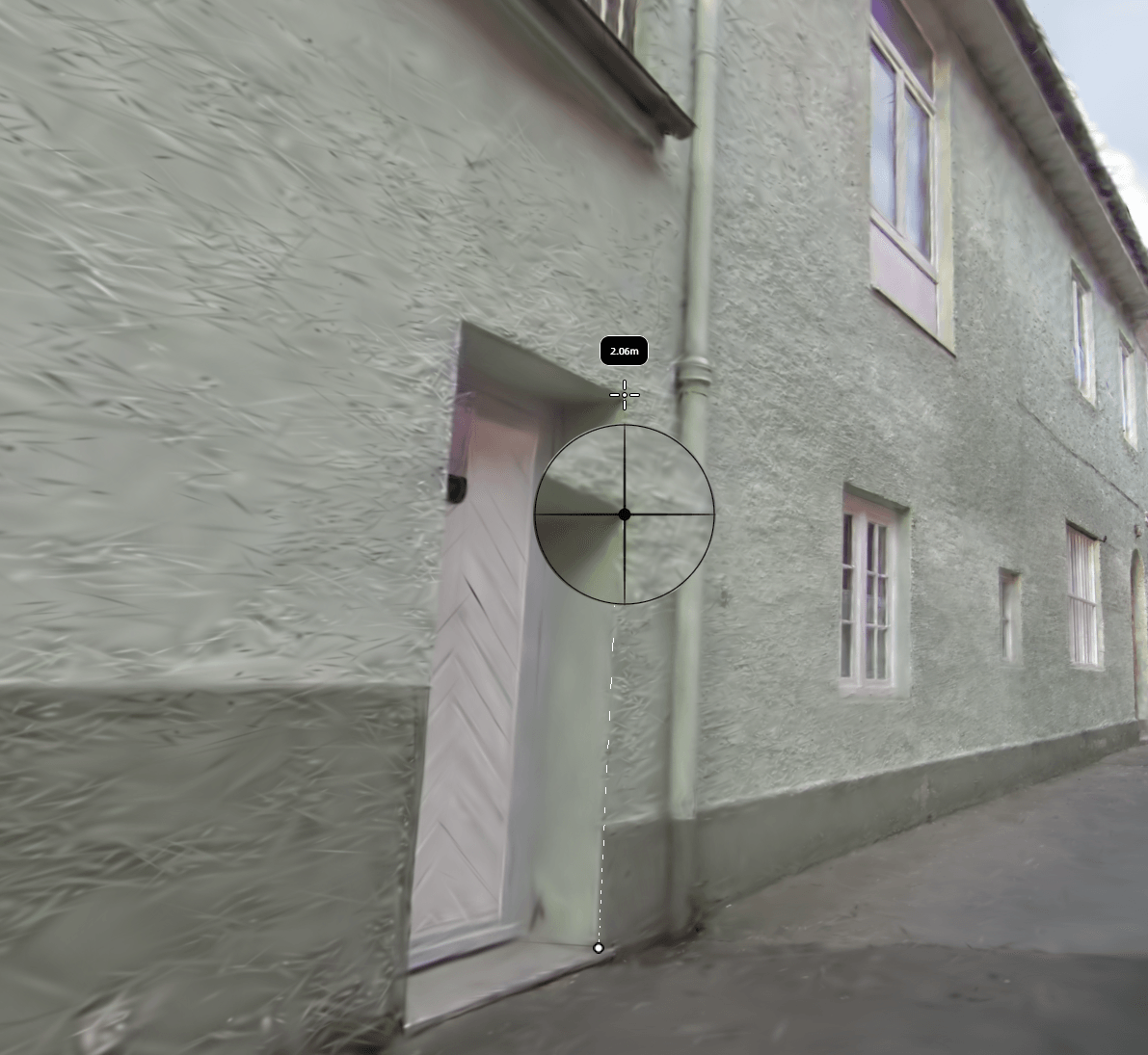Introduction
The world of 3D data capture and visualization is moving fast. One of the latest buzzwords making noise is Gaussian Splatting — a rendering technique that’s caught the attention of researchers and early adopters. At the same time, surveyors, construction professionals, and geospatial experts still depend on tried-and-true methods like photogrammetry and laser scanning to get accurate results they can trust on every project.
This blog looks at the big picture: What Is Gaussian Splatting? We’ll trace its history, explain how it works, highlight its strengths and weaknesses, and compare it directly with the combined power of photogrammetry and laser scanning. Most importantly, we’ll explain why Gaussian Splatting isn’t part of 3Dsurvey today, and what role it could play in the future as the technology matures.
Key takeaways
- What is: A fast alternative to traditional meshing and slow neural rendering techniques (NeRFs), offering highly realistic visuals with soft edges and light effects.
Benefits: Real-time rendering speeds (high frame rates) and superior visual quality make it ideal for AR/VR, gaming, and quick mobile scans.
Drawbacks (The Professional Gap): For surveyors and engineers (3Dsurvey’s focus), Gaussian Splatting currently lacks the required centimeter- or millimeter-level accuracy for reliable, measurement-grade output. Its models are visually fuzzy, making integration with CAD and GIS workflows difficult.
Conclusion: 3Dsurvey continues to rely on the proven precision and reliability of photogrammetry and laser scanning until the underlying Gaussian Splatting technology evolves from being a purely visual tool into a solution that can guarantee professional, measurement-grade accuracy.
History of Gaussian Splatting
The idea behind splatting isn’t new. It goes back more than 30 years, when researchers were exploring ways to render 3D volumes without resorting to complex polygon meshes.
1991: Lee Westover introduced the initial concept of splatting, describing it as projecting a “splat” of color onto a surface for smooth blending—a fast way to show volumetric data.
The Big Leap (2023): Kerbl et al. introduced 3D Gaussian Splatting for Real-Time Radiance Field Rendering. This new method represents a scene as millions of tiny, colored Gaussians, allowing for rendering much faster than earlier neural techniques, such as NeRF (Neural Radiance Fields).
Since 2023, Gaussian Splatting has exploded in popularity, leading to follow-up studies that have improved performance and explored new use cases, from generative AI content (DreamGaussian) to mobile applications (Niantic’s Scaniverse). It is now one of the hottest research topics in 3D rendering and visualization.
What Is Gaussian Splatting
Imagine three fundamental ways of showing a 3D world on your screen, each defining how data is processed:
1. Traditional Graphics (Triangles/Meshes)
This is the traditional method used in computer graphics. Every 3D object is broken down into tiny, flat surfaces called polygons or triangles.
How it Works: The computer renders the hard edges of these surfaces.
Drawback: The result can often look artificial, requiring extensive work on textures and lighting to appear realistic.
2. Neural Radiance Fields (NeRFs)
This newer technique uses deep neural networks to reconstruct a scene.
How it Works: The system fires thousands of rays into the scene, and the network predicts the color and density along each path to show a new viewpoint.
Drawback: The process is painfully slow, demanding enormous computing power for rendering, making real-time interaction difficult.
3. Gaussian Splatting
Gaussian Splatting is the third and most advanced method for 3D visualization.
How it Works: Instead of triangles or heavy networks, the world is built from millions of small, soft blobs (Gaussians). Each blob contains simple data about its color, position, and transparency.
Key Advantage: When rendering, the computer simply projects these soft blobs and blends them together. This smooth blending is the secret to why Gaussian Splatting looks more realistic, capturing fine detail, soft edges, and natural light effects—all rendered in real time.

Benefits of Gaussian Splatting
Different groups see value in Gaussian Splatting for different reasons:
- Researchers and developers: They get real-time 3D rendering, which speeds up experiments and interactive demos compared to hours-long NeRF runs.
- Artists and creators: They benefit from more natural-looking results, with smooth edges, soft lighting, and reflections that are hard to achieve with triangles or traditional photogrammetry.
- AR/VR and gaming developers: They benefit from high frame rates (60–90 fps), which make immersive experiences smoother and more comfortable.
- Photographers and mobile users: They can turn video or quick scans into 3D models with little effort, already visible in apps like Niantic’s Scaniverse.
In short, Gaussian Splatting is ideal for visualisation, makes 3D faster, more realistic, and more accessible to a wider audience, once it becomes widespread.
Drawbacks of Gaussian Splatting (vs. Photogrammetry + Laser)
For surveyors, engineers, and construction professionals, the picture looks different. Gaussian Splatting is visually impressive, but it doesn’t meet the demands of measurement-grade work.
- Accuracy: Photogrammetry and laser scanning deliver centimeter- or millimeter-level precision. Gaussian Splatting cannot yet guarantee this.
- Data sharing: Gaussian splatting can now only be viewed on platforms and apps that support Gaussian Splatting and are not yet widely adopted.
- Integration: Surveying workflows rely on CAD, point clouds, and BIM-ready formats. Gaussian Splatting remains mostly experimental and isn’t widely supported.
We went more into details about drone photogrammetry in this blog.
At this point, Gaussian Splatting still focuses heavily on visual quality and speed, but not on measurement-grade output.
This distinction highlights a critical problem related to Gaussian Splatting accuracy:
The Problem: The generated model is inherently fuzzy and consists of soft blobs, which, while visually perfect, makes precise measurement impossible.
Real-World Example: In a test measurement of an entrance height, the initial 2.08m value proved inaccurate and non-vertical when checked from a second viewpoint.
What will the future bring?
At 3Dsurvey, we focus on delivering tools that professionals can trust. Right now, Gaussian Splatting cannot fully guarantee that yet.
New approaches like LightGaussian (for efficiency), DreamGaussian (for sparse input reconstruction), and Topology-Aware Gaussian Splatting (for structure preservation) are already pushing the technology forward. Hybrid methods that combine splats with point clouds and meshes are also emerging. These are important steps toward turning Gaussian Splatting from a rendering tool into something surveyors could actually measure and rely on.
We believe Gaussian Splatting has the potential to add a powerful new dimension to 3Dsurvey, combining the speed and realism of splats with the proven accuracy of photogrammetry and laser scanning. This will give professionals even more confidence in their work when the time is right.
Haven’t tried our software yet? Sign up for a 14-day free trial and see what we mean.


